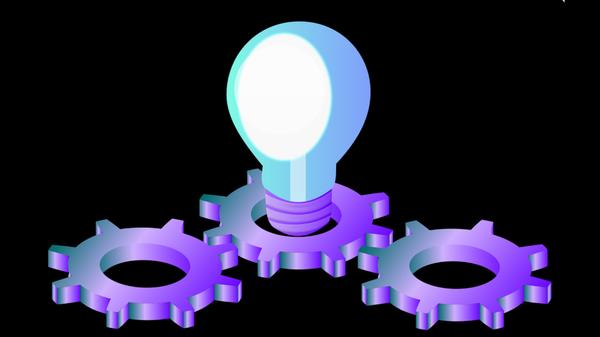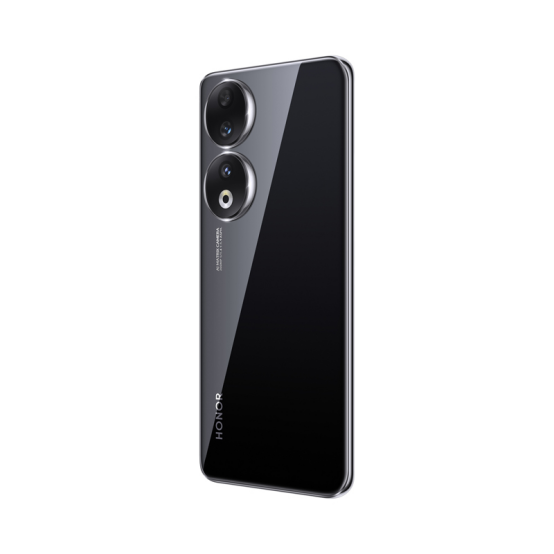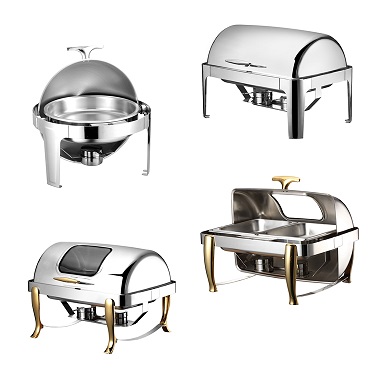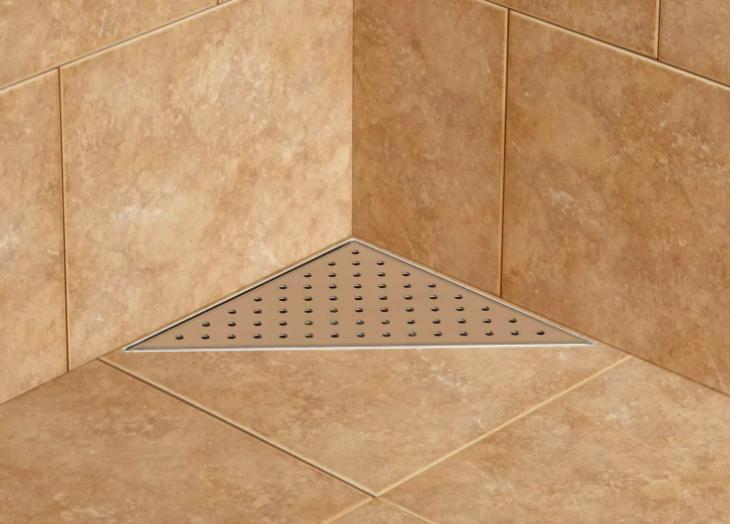Six everyday technological inventions that were created for uses other than those we give them today
Some of the technological inventions that have become an imperative in our lives were initially created for a completely different purpose from the one that has been given over time. Sometimes failed ideas managed to find a useful application for humanity.
Today we will talk about several of these products that ended up having a different use than their original idea:
Microwaves
Although today this appliance has become a must in many of our kitchens, it was originally invented to fight Nazi planes during World War II.
In 1946, engineer Percy Spencer and his team were developing into a device that transforms electrical energy into electromagnetic (the magnetron) to alter the radars of German planes. During his experiments, Spencer realized that the microwaves of the device had heated a chocolate tablet in his pocket.
Faced with this discovery, the engineer thought of putting his magnetron in a metal box to contain the microwaves and, in 1947, Raytheon Corporation put on sale the first microwave oven.
Pacemakers
At its origin, the pacemaker was a sound recorder. In 1956, Wilson Greatbatch, an American inventor who managed to accumulate more than 300 patents, was working on an audio recorder to record the sounds of the heart.

While making it, he put up a bad resistance, and this meant that, instead of recording sounds, his invention generated a pulse that coordinated with the heartbeat. This error led Greatbatch to realize that, although his invention was not used to record the sound, he could control the rhythm of a sick heart.
In 1958, he presented his invention to surgeon William Chardack, who, after testing it on dogs, implanted the first pacemaker to a human in 1960.
Bubble paper
The original idea of their creators Al fielding and Marc Chavannes in 1957 was to create a wall paper with volume. However, no one wanted to use it to cover their homes. Two years later, Frederick W. Bowers, a salesman who traded with this failed invention, learned that IBM technology company was looking for a way to pack his IBM 1401 computer.
At that time, computers were much bigger and more delicate, and Bowers thought of turning wall paper into wrapping paper. After testing the invention with IBM, they were very satisfied and became the first company to use bubble paper to protect their packages.
The solitaire and the Windows-Finder
Although these two Windows games are two of the most played games in history, Microsoft did not create them as video games, but as tools to teach users.
Before the mice, the technology company used MS-DOS and Unix, two operating systems based on orders to be typed. When they implemented the mouse, few people knew how to use it, and these two games were born to learn how to use this element.
Vacuum cleaner
La NASA necesitaba un aparato para recoger las piedras de la Luna sin que los astronautas tuvieran que agacharse, ya que sus trajes no eran elásticos. Para desarrollar esta idea, contactaron con la compañía Black & Decker y esta les fabricó un aspirador de mano inalámbrico. Este invento acabó comercializándose en 1979 para la limpieza del hogar.
Running tape
This product was used in 1818 as a method of punishment for prisoners in prisons. In some schools, they also used the treadmill to punish students.
However, as early as the 20th century, when fitness became fashionable, it began to be used in gyms and even at home as a way of doing sport.
Sign up for our newsletter and receive the latest technology news in your mail.









3840